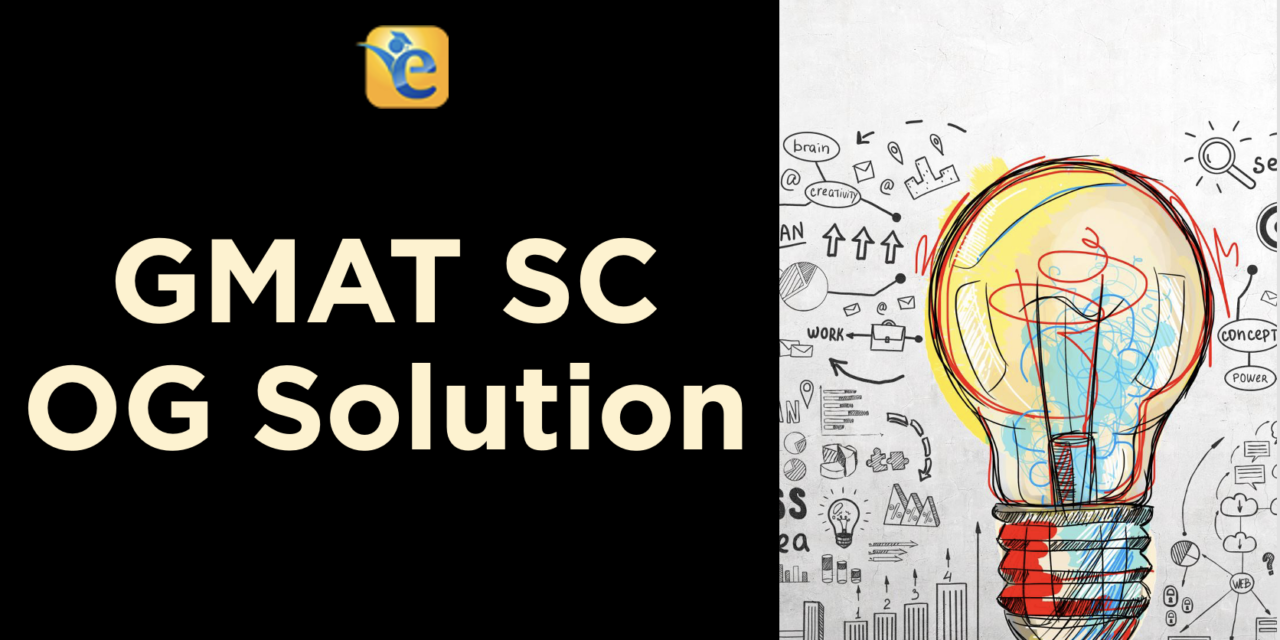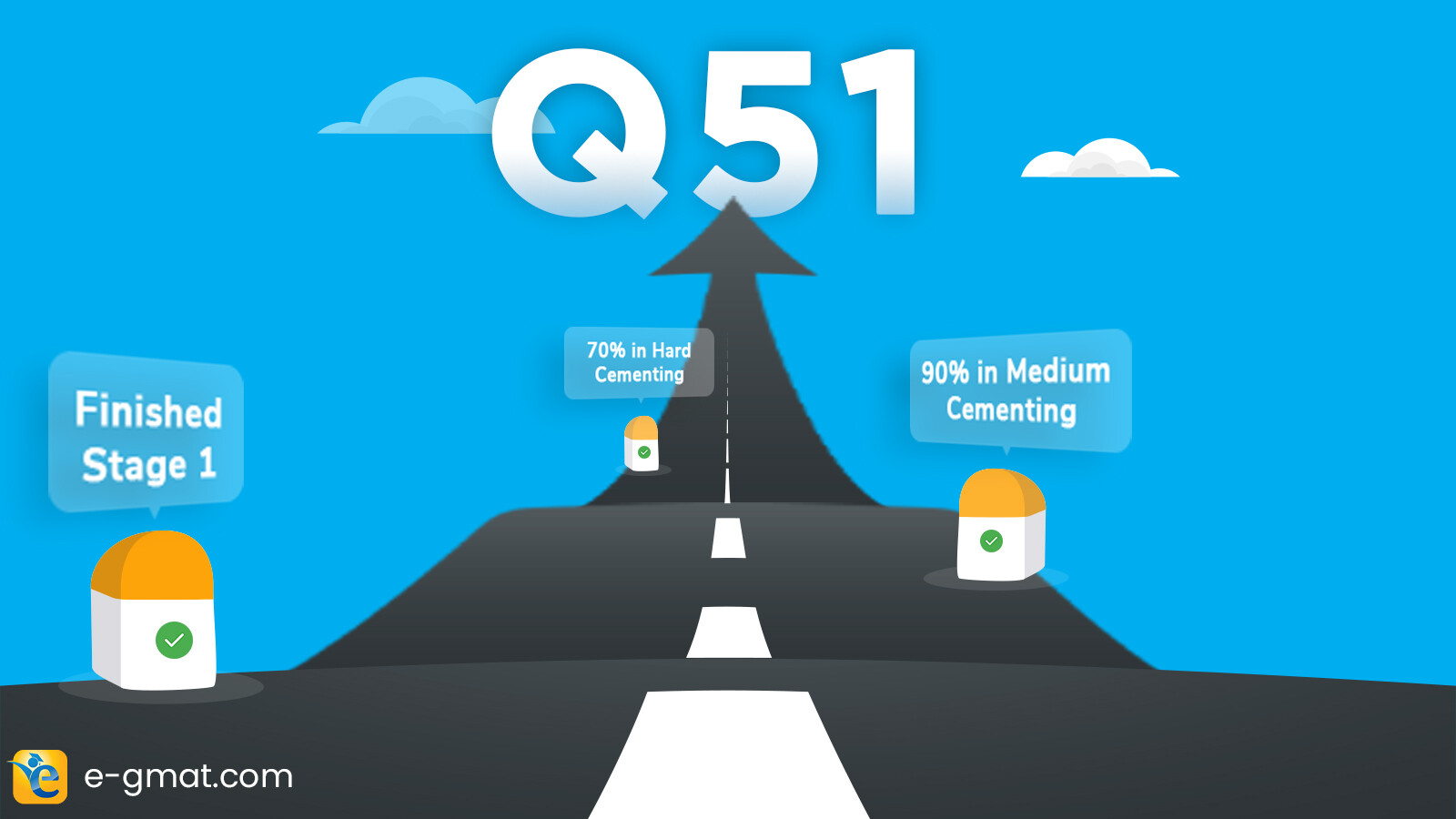The gyrfalcon, an Arctic bird of prey, has survived a close brush with extinction; its numbers are now five times greater than when the use of DDT was sharply restricted in the early 1970s.
A. extinction; its numbers are now five times greater than
B. extinction; its numbers are now five times more than
C. extinction, their numbers now fivefold what they were
D. extinction, now with fivefold the numbers they had
E. extinction, now with numbers five times greater than
What does this question test?
This question tests your knowledge of idiomatic usage of adjectives – greater & more with the noun – numbers. It also tests your knowledge of sentence structure – independent clauses must be connected appropriately. Furthermore, it tests your understanding of pronoun-antecedent number agreement.
Sign up for a free trial and get access to 10+ hours of video lessons, 400+ Questions and 7+ Webinars conducted by GMAT Club’s top-rated instructors.
What does this sentence mean?
This sentence states a fact that gyrfalcon has survived a close brush with extinction. Then the sentence presents a statistic. The number of birds in present is 5 times greater than the number in the early 1970s. In the early 1970s, use of DDT was sharply restricted.
Loved the solution? Take a free trial to get unlimited access to concept files, live sessions, and practice questions. For any strategic advice for GMAT or MBA Admissions, write to us at acethegmat@e-gmat.com. We are the most reviewed GMAT prep company on GMATClub with more than 2400+ reviews
What are the errors in the original sentence?
The gyrfalcon, an Arctic bird of prey, has survived a close brush with extinction; its numbers are now five times greater than when the use of DDT was sharply restricted in the early 1970s.
This sentence has no errors. The sentence structure is as follows:
- Clause 1: The gyrfalcon, an Arctic bird of prey, has survived a close brush with extinction;
- Clause 2: its numbers are now five times greater than
- Clause 3: when the use of DDT was sharply restricted in the early 1970s.
The sentence consists of 3 clauses. Clause 1 & 2 are independent clauses connected appropriately using semicolon. All subject verb pairs are accounted for. The pronoun – its – refers to gyrfalcon. The stated comparison is logically and grammatically parallel.
Numbers are
- Element 1: now
- 5 times greater than
- Element 2: when the use of DDT was….
Both elements state the two time frames for which the comparison of number of gyrfalcon is being made.
Answer Choice Analysis
Choice A: No errors.
Choice B: Idiom Error. This choice is very similar to Choice A but it uses “more” in place of “greater”. This is what makes this choice incorrect. The sentence changes the intended meaning.
Original → gyrfalcon’s numbers are greater now than earlier. Clearly original sentence communicates the sense of increase in the measure – numbers – the number has increased.
This choice → gyrfalcon’s numbers are more now than earlier. This choice on the other hand communicates the following: there are actual entities called as gyrfalcon’s numbers. These entities are more now than they were earlier. E.g. now there are 10 gyrfalcon’s numbers when earlier there were 3 gyrfalcon’s numbers.
Another way to look at this – gyrfalcon’s numbers in this sentence is a measure. The original sentence is talking about increase in this measure. This choice however by using the word “more” somehow measures this measure and states that the quantity of this measure is more now than earlier.
Choice C: Pronoun-Antecedent number error. The pronoun “their” should refer to singular gyrfalcon.
Choice D: Same error as Choice C.
Choice E: This choice has modifier error. It appears that the prepositional phrase “with numbers…” modifies the preceding noun “extinction”. This is non-sensical.
Thus, Choice A is the correct answer.
Loved the solution? Take a free trial to get unlimited access to concept files, live sessions, and practice questions. For any strategic advice for GMAT or MBA Admissions, write to us at acethegmat@e-gmat.com. We are the most reviewed GMAT prep company on GMATClub with more than 2400+ reviews
What are the key take-away messages?
Determine the context of the sentence to determine if “greater” should be used or “more” should be used.













